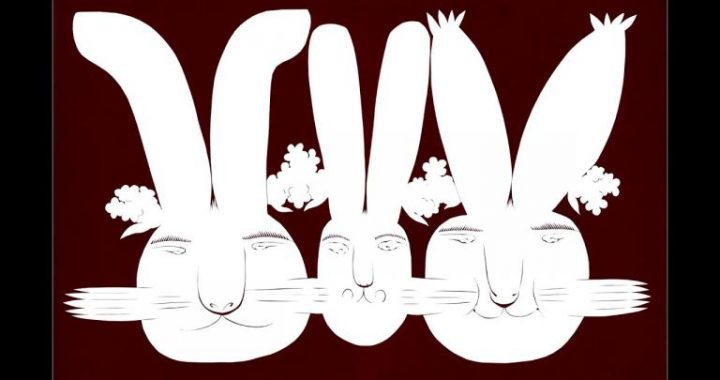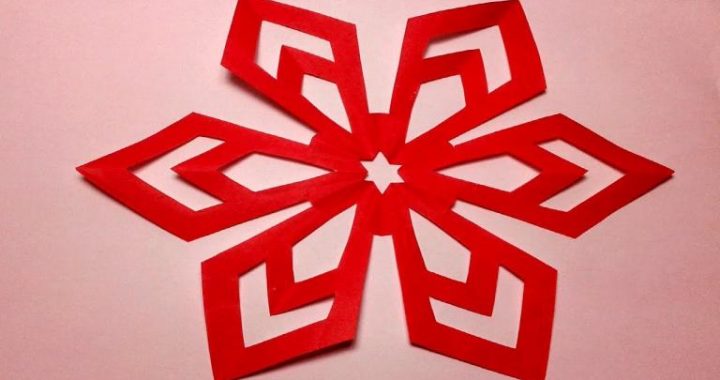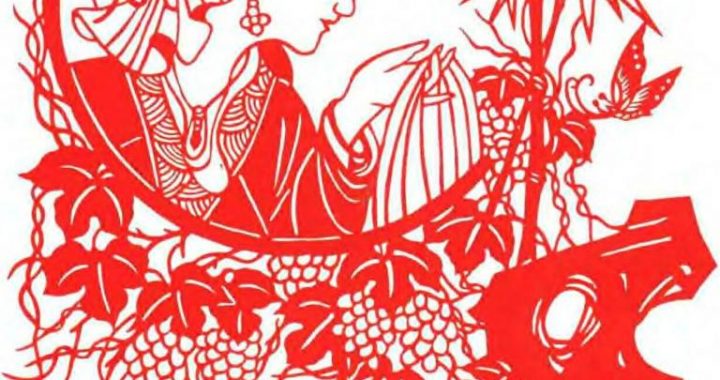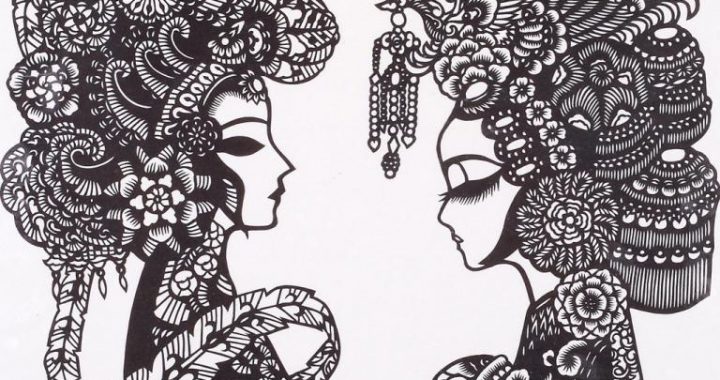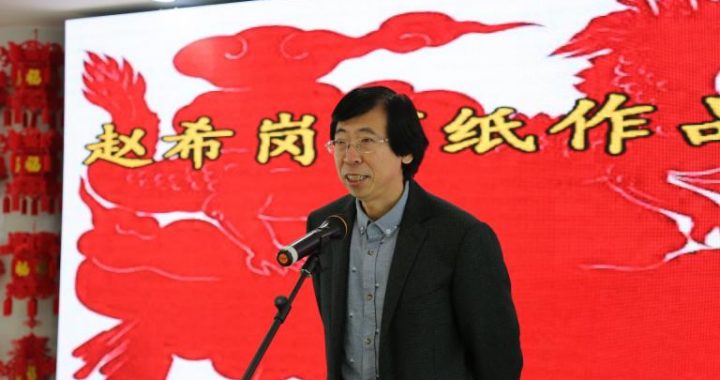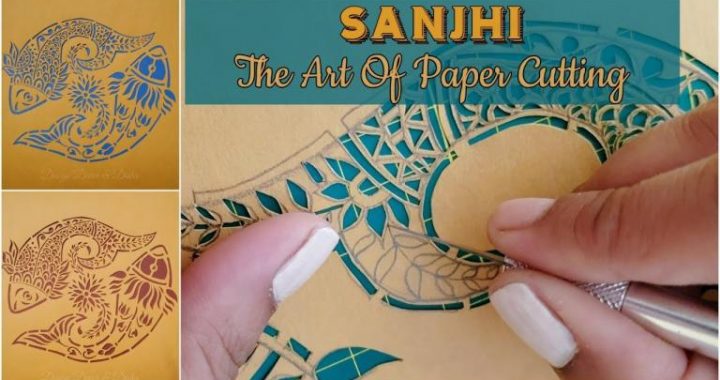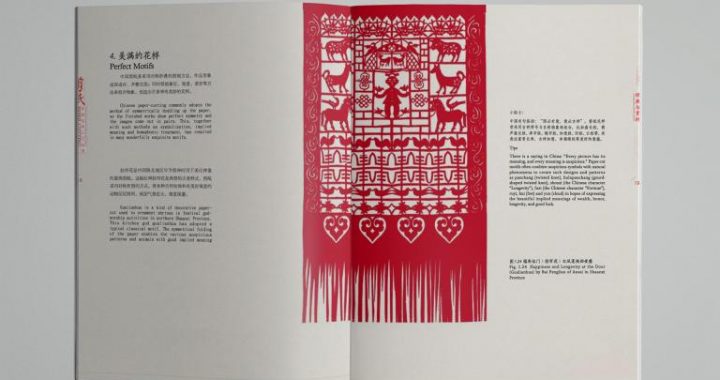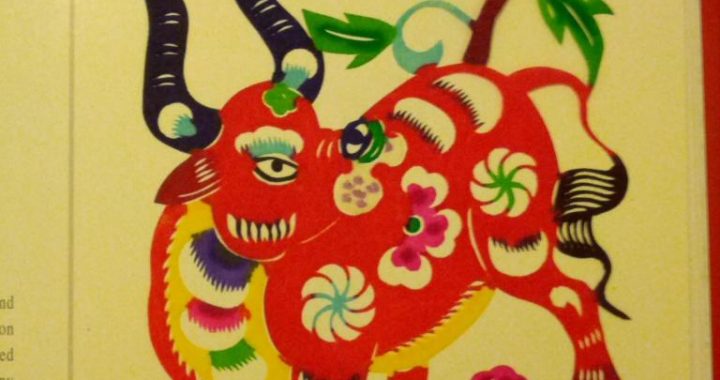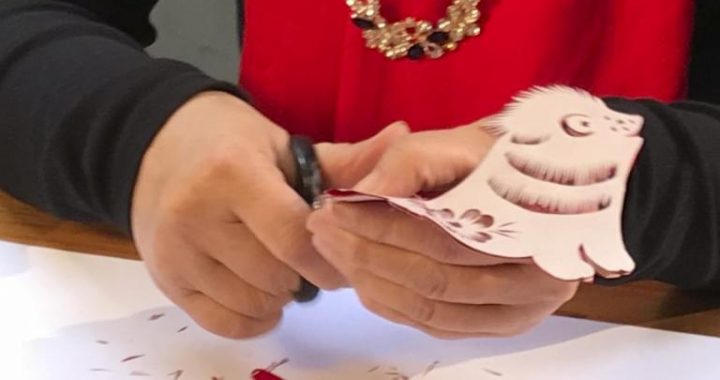Printing and Dyeing
5 min readDyeing textiles using minerals and plants is a time honored practice in China. Early in the Neolithic Age some six to seven thousand years ago, the Chinese ancients could already dye red sackcloth with hematite powder. Through long-term practice in production, Chinese people had learnt the techniques of dye-extracting and application to yield colorful fabrics.
During the Shang and Zhou dynasties, with dyeing techniques gradually improved, governmental officials were appointed such as “dyeing men,””dyestuff keepers,”etc.
in charge of relative affairs. In the ancient classic The Book of Songs, fabrics in various colors are mentioned, indicating that dyestuffs at that time were continuously increasing in varieties.
Eastern Han-dynasty blue-and-white flowery calico,86 cm long,45 cm wide, housed in Xinjiang Uygur Autonomous Region Museum.

The dyeing techniques came up to a rather high level in the Han Dynasty. There were two major approaches: weaving before dyeing, as with juan-silk, silk gauze and damask, and dying before weaving, as involving brocade. The brocades bearing the Chinese characters “yan nian yi shou”(meaning prolonging life) and “wan shi ru yi” (meaning everything going the way as one wishes) excavated from the Eastern Han tombs in Minfeng of Xinjiang Uygur Autonomous Region in 1959 were weaved with silk threads of diverse colors including crimson, white, yellow, brown, sapphire blue, pale blue, glossy dark green, dark reddish purple, pale orange, light tan, etc, manifesting the craftspeople’s superb skills in dyeing and color matching. The Tang Dynasty silk fabrics unearthed in Turpan of Xinjiang are bright with as many as twenty four colors. Quite a few assorted colors were obtained by first dyeing primary colors and then applying process-dying method.
The earliest printed fabric still in existence is the silk quilt cover buried in a Chu tomb in the Warring States Period. It was unearthed in Changsha of Hu’ nan Province.

Other pieces were discovered in the Western Han tombs in both Mawangdui of Changsha and Mozuizi of Wuwei, in Gansu Province. Among them was a piece of silk gauze with cloud patterns printed in golden and silvery colors against a grey background. It was process-printed using relief printing plates, rather advanced in crafts. It is strange such techniques had never been applied again in the several Eastern Han-dynasty blue-and-white flowery calico,86 cm long,45 cm wide, housed in Xinjiang Uygur Autonomous Region Museum.
The dyeing techniques came up to a rather high level in the Han Dynasty. There were two major approaches: weaving before dyeing, as with juan-silk, silk gauze and damask, and dying before weaving, as involving brocade. The brocades bearing the Chinese characters “yan nian yi shou”(meaning prolonging life) and “wan shi ru yi” (meaning everything going the way as one wishes) excavated from the Eastern Han tombs in Minfeng of Xinjiang Uygur Autonomous Region in 1959 were weaved with silk threads of diverse colors including crimson, white, yellow, brown, sapphire blue, pale blue, glossy dark green, dark reddish purple, pale orange, light tan, etc, manifesting the craftspeople’s superb skills in dyeing and color matching. The Tang Dynasty silk fabrics unearthed in Turpan of Xinjiang are bright with as many as twenty four colors. Quite a few assorted colors were obtained by first dyeing primary colors and then applying process-dying method.
The earliest printed fabric still in existence is the silk quilt cover buried in a Chu tomb in the Warring States Period. It was unearthed in Changsha of Hu’ nan Province.
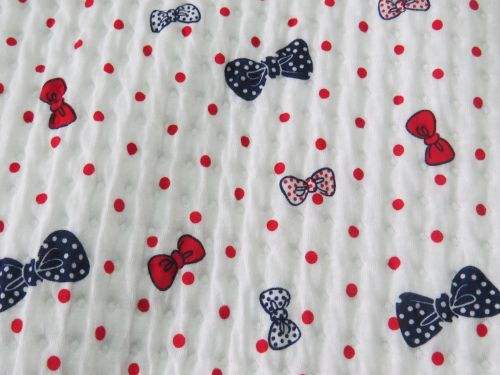
Other pieces were discovered in the Western Han tombs in both Mawangdui of Changsha and Mozuizi of Wuwei, in Gansu Province. Among them was a piece of silk gauze with cloud patterns printed in golden and silvery colors against a grey background. It was process-printed using relief printing plates, rather advanced in crafts. It is strange such techniques had never been applied again in the several hundred years after the Western Han Dynasty. In the Central Plains, the revival of printing techniques started from xie(meaning valerian, here referring wax-valerian craft). Later on xie is used as a general name for printed fabrics. When it came to the Tang Dynasty, printing and dyeing crafts became highly developed. Wax-valerian, tie-dye and clip knot are regarded as three major printing processes in ancient China.
Batik works of Bai nationality in Dali, Yunnan Province.
Qing-dynasty batik embroidered dress of Miao nationality, view of front and back.
Wax-valerian is also known as wax dyeing. Actually it is a wax-insulating dyeing method(batik). With this approach, patterns are drawn with wax on natural fiber fabrics such as hemp, silk, cotton, wool, etc. before dyeing. The wax prevents dyeing solution from entering the patterns. And then after heating to boil, wax is removed and patterns emerge. The condensation and contraction of the liquid wax causes cracks to appear on the patterns, forming unique natural veins. Wax dyeing as an age-old dye-insulating technique, can be traced back to as early as the Qin and Han dynasties when the ancestors of minority nationalities such as Miao, Yao, and Bouyi had already had a good command of the wax-dyeing process.
Tie-dyeing also known as ligation-dyeing is an ancient folk printing-dyeing process of binding fabrics before dyeing. The process is to sew the fabric with needle and threads into a certain shape, or bind the fabric tightly with thread in the light of the designs so that the fabric become crumpled and overlapping. As the crumpled part is hardly to be dyed whereas unbound part is easy to get dyed,a hazy effect will be produced. In the Jin Dynasty, tie-dyeing started to spread among the folk people.
During the Southern and Northern Dynasties, there emerged designs such like the “Purple valerian foetus,”well received for a while. By the Sui and Tang dynasties, tie-dyeing became all the rage. Currently the earliest ancient tie-dyeing fabric we can see is the Jin Dynasty juan-silk unearthed from the Astana tomb in Xinjiang on which pinprick and crumple are still dimly visible.
Valerian clip-knot juan-silk with hunting patterns of Tang Dynasty,43.5 cm long,31.3 cm long, stored in Xinjiang Uygur Autonomous Region Museum.
Clip-knot was in vogue in the prosperous period of Tang Dynasty. The process isto put the fabrics between twin pieces of wooden board and then dye. Using this method the designs appear symmetric and balanced. At that time, clip-knot often applies to women’s dress and adornments, sometimes as ornaments for furniture such as clip-knot screens, etc.
Qing-dynasty batik lace of Bouyi nationality, manual woven by Guizhou Bouyi ethnic people and printed using traditional handicrafts.
